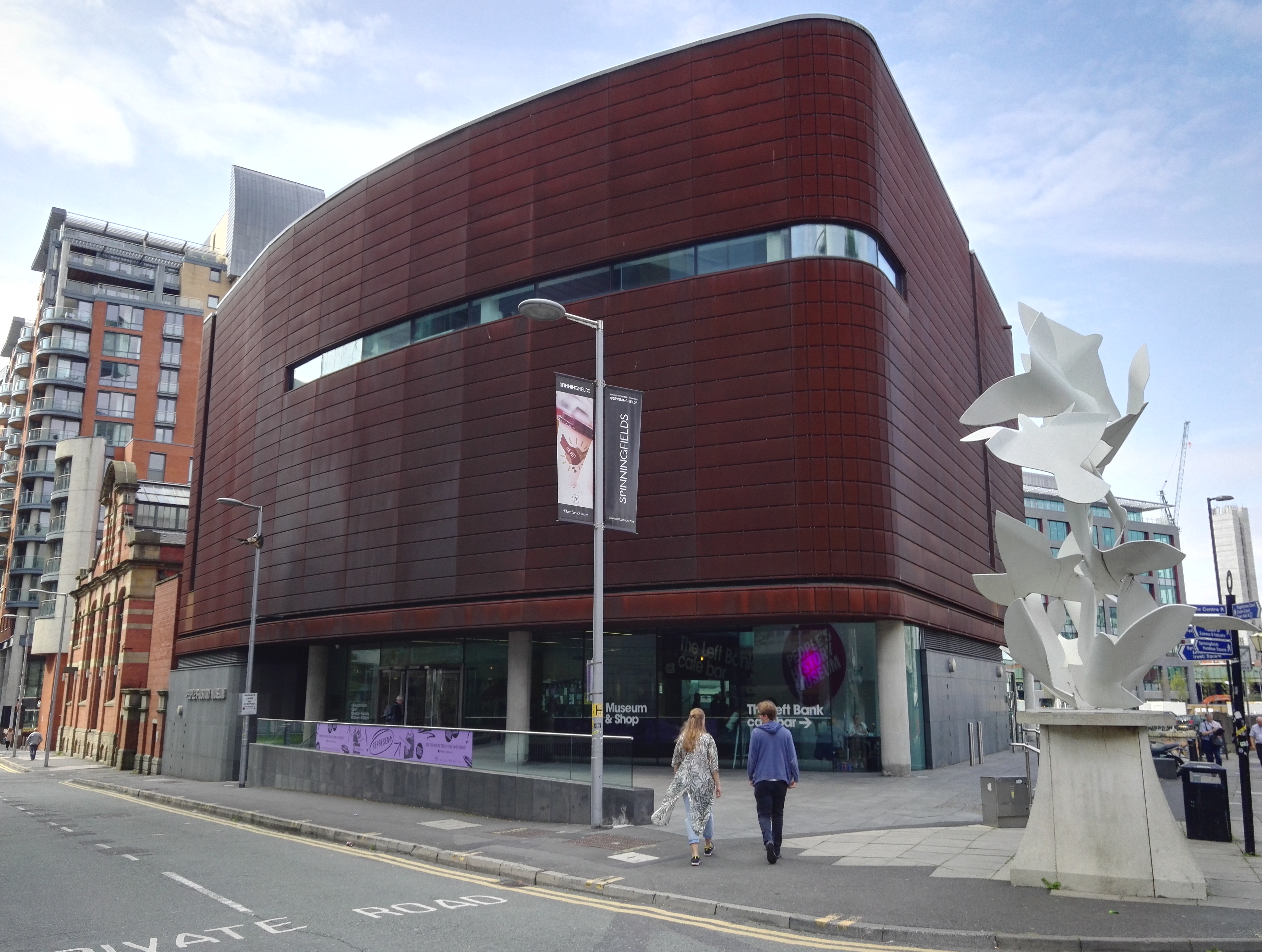
Last week, I wrote about my visit to the Voice and Vote exhibition in Westminster Hall at the Houses of Parliament. As I noted in that post, there a lot of books, events, documentaries, and exhibitions commemorating the centenary of some women winning the right to vote. I recently visited another exhibition inspired by this anniversary, this time at the People’s History Museum in Manchester. The museum’s collections are all about the development of democracy in Britain, so the centenary of the Representation of the People Act is an event they really couldn’t ignore. The result is Represent! Voices 100 Years On, a thoughtful exhibition that explores how far political representation, in a variety of forms, has come since 1918.

Represent! is crowd-sourced and inspired by zines–low-cost, self-published magazines that have been closely associated with radical culture since the 1960s. Acknowledging that voting is only one form of political representation, the exhibition also considers other kinds of representation, such as media, self-representation, and voice (protest). It also asks questions about the ‘legacy’ of 1918, questioning whether you (the visitor) feels sufficiently represented, and what can be done to reduce inequality and increase representation of marginalised groups. The exhibition includes images, placards, banners, art, clothing, and films. Much of the text is in the form of quotes from those who contributed the items (such as activists, historians, and journalists), so it feels as if they are telling their story in their own words. There are also a series of ‘referendums’ dotted around the exhibition (e.g. is it ever justified to break the law during a protest? Should the voting age be lowered 16?), so visitors can add their voice to the exhibition too.
The centrepiece of the exhibition is a recently rediscovered banner from the Manchester branch of the Women’s Social and Political Union (WSPU). It was uncovered last year in a charity shop in Leeds, and was bought by the People’s History Museum, partially thanks to a Crowdfunder campaign. There are links throughout the exhibition between the women’s suffrage campaign and modern social movements: a replica suffragette’s outfit is contrasted with the outfit worn by a member of Sisters Uncut at a recent protest; and connections are drawn between suffragette’s experiences of prison and Safety4Sisters, whose work includes campaigning for the rights to detained migrant women. These connections encourage the visitor to think about how far we have (or haven’t) come in the 100 years since the Representation of the People Act.

There is no obvious order in which to move around the exhibition, no single narrative to follow. This is apparently becoming an increasingly common strategy for museums, giving visitors the freedom to choose how they experience exhibitions. Whilst I understand the logic behind it, I still find it a bit disconcerting, like if left to my own devices I might ‘do it wrong.’ This is something that I will probably get used to as I encounter more museums designed in this way; the Museum of Warsaw is another example of this unstructured style that I have visited recently. For now, however, it does make me feel a bit uncomfortable.
Represent! is a thought-provoking exhibition that asks more questions than it answers; I think that is the intention. It is critical and reflective, representing a range of different ideas and voices. I visited on a Saturday and there were very few other people there, which is a real shame, I think it is a fantastic exhibition which as many people should visit as possible. It is open until the 3rd of February 2019, so do go and check it out if you get the chance!
Thanks from downunder Hannah. A virtual tour via your blog was a treat.
LikeLike
Thank you, I’m really glad you enjoyed it!
LikeLike